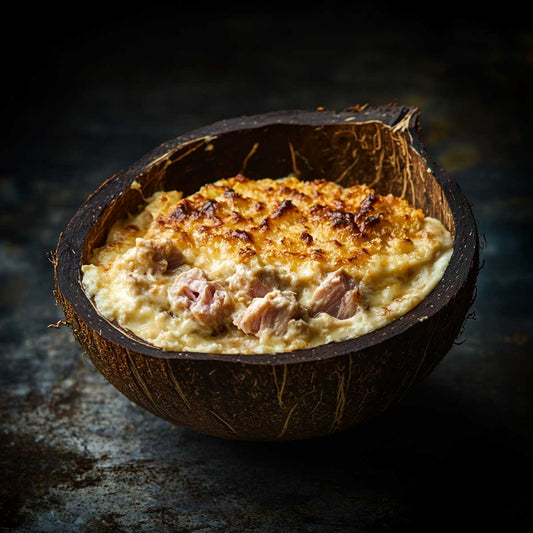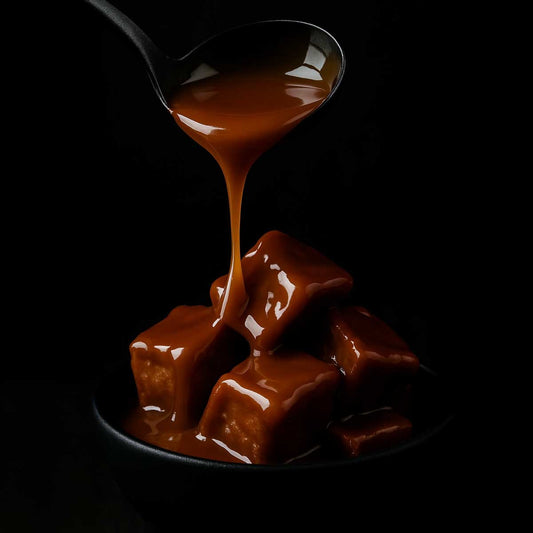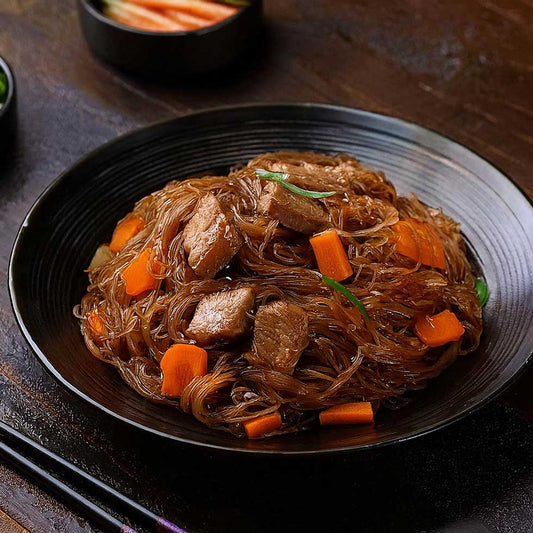Coffee Withdrawal Symptoms

Whichever method you use to decrease your caffeine consumption, you are going to hit some roadblocks.
Why Is Quitting Caffeine So Difficult?
The answer to this question is a bit complex, so here’s a basic answer: caffeine alters your brain’s chemistry which results in reliance on the drug to feel a sense of typical and to operate normally.
Caffeine and the Brain
The caffeine molecule is surprisingly similar to a particular neurotransmitter in our brains called adenosine. Adenosine’s job is to signal the body that it is time to rest or sleep. Since caffeine is chemically compatible, it fits well into the brain’s adenosine receptors, blocking adenosine from doing its task. This is why caffeine wakes us up and increases awareness. However, the adenosine doesn’t disappear, and instead builds up in the brain tissue and more receptors are created to compensate.
In the very same way, caffeine likewise triggers dopamine to increase in the brain. This neurotransmitter triggers positive sensations and belongs to an internal reward system which triggers us to prefer things that increase this chemical (contributing to caffeine addiction).
Adenosine is involved with the way we deal with tension and anxiety, so caffeine can interfere with that system as well, leading to additional changes in the chemistry of our brains.
Finally, caffeine has a vasoconstrictor effect on cerebral blood flow.
Because of our modified brain chemistry, the following things happen when we stop coffee:
1. Our brains are flooded with adenosine and now have an unbalanced amount of receptors, resulting in sensations of extreme fatigue.
2. Our brain’s dopamine levels drop, causing us to feel depressed, irritable, and uninspired.
3. We also can feel more distressed because of the way caffeine alters this brain function.
4. Considering that our brain made up for the reduced blood circulation, without caffeine, blood circulation considerably increases. The brain responds by constricting blood vessels, which causes severe headaches.
This all can be very tough, so the rest of this article will detail what the most typical obstacles to stopping are and how to handle them in a way that will assist you be successful with quitting.
Headache and Body Aches
The most typical barriers individuals have stopping caffeine cold turkey, are the headaches and body aches connected with the withdrawal.
Here are some things that can assist:
1. Pain relievers
Ibuprofen or other non-steroidal anti-inflammatory drugs are usually the best for combating the discomfort related to withdrawal, but be very mindful to use painkillers that do not include caffeine as an active ingredient.
Do not expect pain relievers to entirely relieve the pain, and do not take more than the advised dose thinking that they will. The pain and discomfort will be lessened, however not totally eliminated.
2. Drink a lot of water
Remaining well hydrated helps, so consume plenty of water through the withdrawal process. When we do not feel well, we tend to not eat or consume as much.
Dehydration can make the headaches and body achesn even worse, so drink lots of fluids, specifically water.
3. Use a cold compress
Positioning an ice bag on your head can aid with the discomfort and bring some relief. Use the 15 minutes on, 15 minutes off approach and do not enable the ice to come in direct contact with your skin.
4. A hot bath
Taking a hot bath will help with the body pains and muscle pain.
5. Get a massage
Treat yourself to a massage throughout the withdrawal. It will ease pain and stress and assistance to flush out toxins.
Fatigue, Tiredness, and No Motivation
The second most typical barrier to your success is the exhaustion and lack of motivation that result from the lack of caffeine. It can be next to difficult to keep your eyes open the very first couple days after quitting caffeine.
Another way to fight the drowsiness and lack of motivation is to work out. Exercise will probably be the last thing on your mind, however trust us, it will help. This is often overlooked as it seems counterproductive, however, getting your blood flowing and your heart rate raised is an effective remedy to the feelings of tiredness.
Exercise also releases effective feel-good endorphins and you’ll require as much of these that you can get. Getting your muscles pumping and your heart rate going will aid with your energy levels and has a general favorable influence on your frame of mind and well- being.
Eating a healthy diet plan will likewise help you feel more energized. Consuming lots of fresh vegetables, superfoods like cacao, and fruit in addition to drinking plenty of water will work wonders. Laying on the sofa and snacking on chips and cookies may feel reassuring, but they will do nothing for helping you feel better long-term. All the fresh vegetables, cacao and fruits will likewise aid with the next obstacle.
Irregularity
The 3rd discouraging obstacle to overcome is the constipation that results from quitting coffee. Caffeine promotes the muscles of the colon. Without the stimulation that the body has actually ended up being familiar with, the colon gets a bit lazy too. Once again, drinking a lot of water and eating a high fiber, healthy diet plan are the most natural ways to keep your digestion track moving, in spite of not having caffeine to stimulate it. You need to aim for 50-60 grams of fiber a day, so load up on the following:
Leafy Greens like spinach and kale:
Green veggies are loaded with a rainbow of phytonutrients. So having a cup of these leafy greens daily gives you a fairly good amount of dietary fibre and magnesium.
Yoghurt:
Avoid commercial yoghurts as they are loaded with lots of constipating sugar-like ingredients. Eating plain, organic home-made yoghurt can do the trick and provide you with a good amount of probiotics.
Apple Cider Vinegar (ACV):
ACV improves the production of stomach acids, which helps in the effective breaking down and absorption of foods, resulting in better elimination of waste. Aim for 1 tablespoon of ACV in warm water in the morning and also before meals.
Cacao Nibs, Dark Chocolate and Drinking Cacao:
Cacao is a great source of magnesium and thankfully we have another reason to include a square or two of really good dark chocolate in our diet now, on a regular basis. The magnesium in caca nibs, drinking cacao and dark chocolate helps to relax the muscles in your digestive tract. Also, try to include an organic chocolate bar that has at least 70% cocoa.
Flax Seeds:
Flax Seeds are not just great for relieving constipation, they’re also amazing for your heart. The much-needed omega 3 fatty acids in flax seeds prove to be of great help too.
Depression and Anxiety
Many people complain about the anxiety that can result from withdrawal. Quitting caffeine develops a chemical shift in the brain that is mood-altering. If you’ve been diagnosed with anxiety, it may be a good idea to check in with your physician if you prepare to quit caffeine.
Do not isolate yourself (emotionally) from others if at all possible. We’ve experienced world-changing restrictions of late. As soon as you can, get into regular contact with others by video call or in person if allowable withing your local restrictions, and begin hanging out with family and friends. Laughter genuinely is the very best medicine and individuals that can make you laugh are important during caffeine withdrawal.
Many people withdrawing from caffeine report stress and anxiety spells. It would be untrue to say that there are simple solutions for anxiety, however there are some things you can do to help the situation, and, like so many obstacles in life - it will subside over time.
Try not to provide the anxiety more power by psychologically panicking: “Oh no I’m having a stress and anxiety attack.” If the anxiety persists over a number of weeks, it might be worth talking to your physician about it.
Endurance, Patience, and Willpower
The duration of the coffee withdrawal process can be difficult. If knuckling down, it requires commitment to the process of decreasing caffeine dosage. Some might not have the perseverance for this, since it can sometimes takes weeks to get to absolutely no coffee for those very addicted.
Some individuals may have a hard time with restricting the quantity of caffeine that they enable themselves to have. These types of people battle with moderation.
Example:
Instead of simply eating 3 Tim Tams for a snack, they can’t stop themselves from eating half the pack.
Individuals that have this type of character are more or less, “all or nothing” kind of individuals. The gradual approach may not be the best option for this personality type.
Another challenge with the gradual approach is that, even after an individual gets to zero milligrams of caffeine a day, it will not fix all of the mental aspects of addiction. Individuals will still long for the taste, the comfort, and the experience of having a hot cup of coffee or a revitalizing energy drink. It takes a while before these cravings go away and it’s method more complex than simply the physical addiction that caffeine produces and most of us focus on.
Way Of Life and Social Habits
Anytime we choose to change a practice in our lives, we have to address other practices and patterns that align with it. Whether it’s diet, cigarettes, alcohol, Facebook, or caffeine - we rapidly end up being locked into a cycle that is tough to break without taking a look at our more comprehensive way of life.
Many of these habits develop from the functioning of our brain’s reward system. Even small things - like eating a small sugary treat, can conjure up a variety of ‘feel good’ chemicals that reinforce that behavior.
The trip to the cafe and going out with your takeaway cup could feel like a reward for putting up with your difficult job.
When it’s connected to feeling bad about something, strong habits can become even more powerful. Every time we feel bad, we hurry for the pick-me-up to make us feel much better.
Coffee usage, in particular, can be connected to social connection. Individuals meet for a coffee, they don’t settle for a glass of water. If social coffee drinking is something essential to you, it deserves considering alternative drinks (purce cacao hot chocolate, cacao husk tea infusions). Hot drink intake can end up being extremely ritualized.
For many, the day begins with holding a mug of hot coffee in their hands. This ritual needs to be broken or adapted if you are going to succeed. Once again, alternative drinks and practices will assist. Why not make a Koko Samoa instead?
Relapsing
It’s not inevitable, but you might relapse from time to time throughout your caffeine decrease journey. This is not the end, and one small hiccup does not require to result in a full-blown relapse. For some individuals there will be no middle ground, no small amounts, and nothing short of complete abstinence from caffeine will do.
Do not let an error hinder you. Put it behind you, don’t beat yourself up, and begin a brand-new day!
You Can Succeed
Whichever method you select, the barriers related to quitting can be overcome. Understanding them and what to expect can help you prepare psychologically for the challenge and help you select the very best technique considering your personality-type. Many people have succeeded at giving up caffeine and you can be victorious as well, with a little planning, effort, and perseverance.
Always seek the advice of your physician or other qualified health provider with any questions you may have regarding a medical condition. Never disregard professional medical advice or delay in seeking it because of something you have read on this website. For professional dietary advice you should always consult a Registered Dietitian (RD), and for diagnosis of a health condition you must see your physician.

















